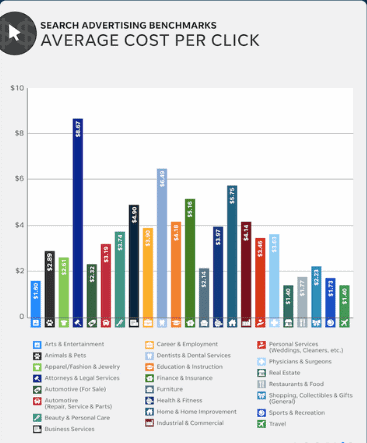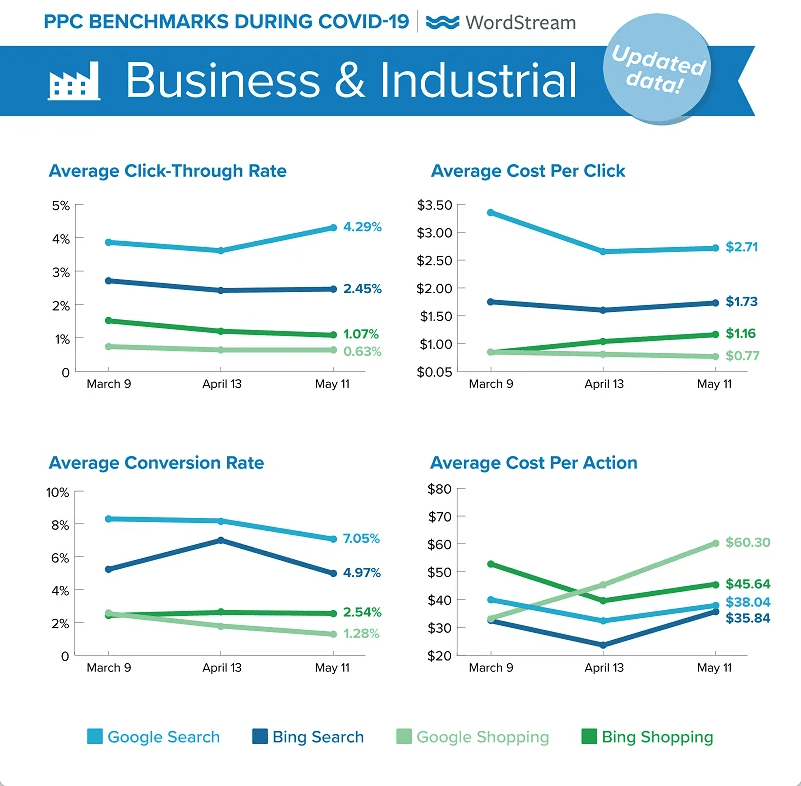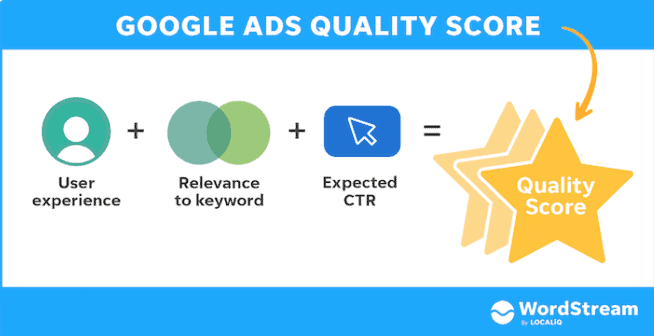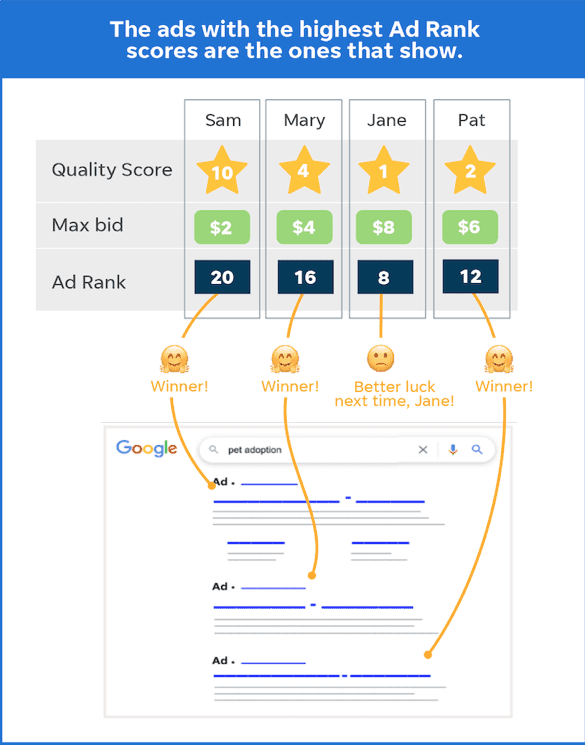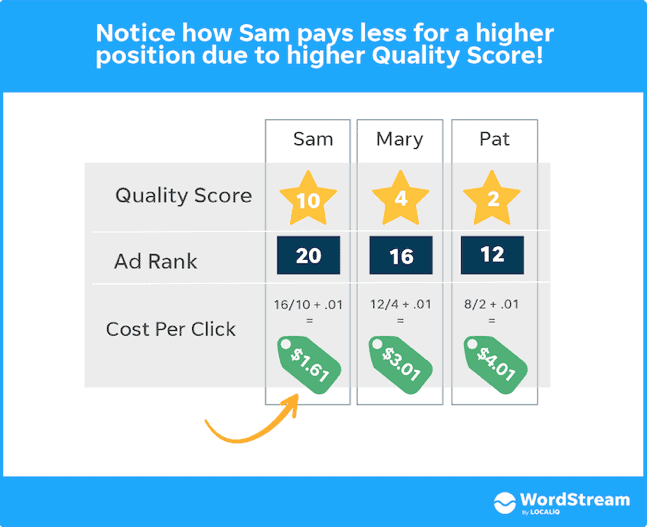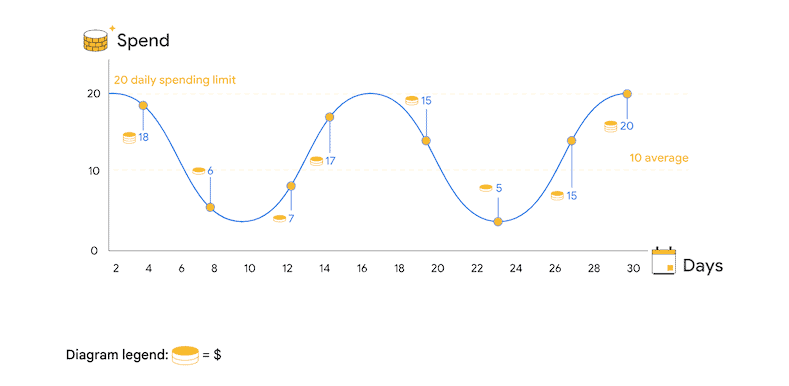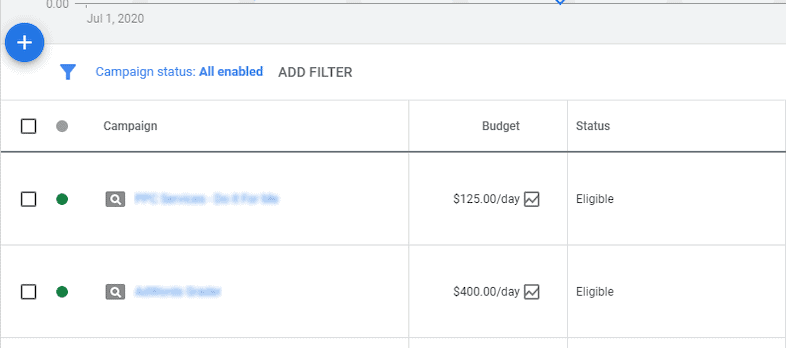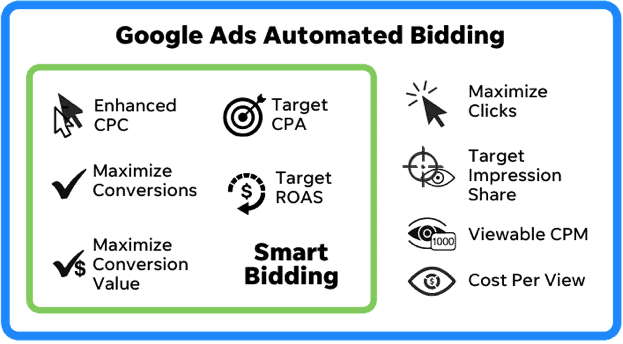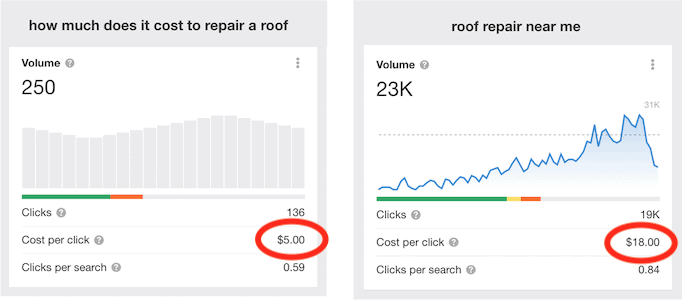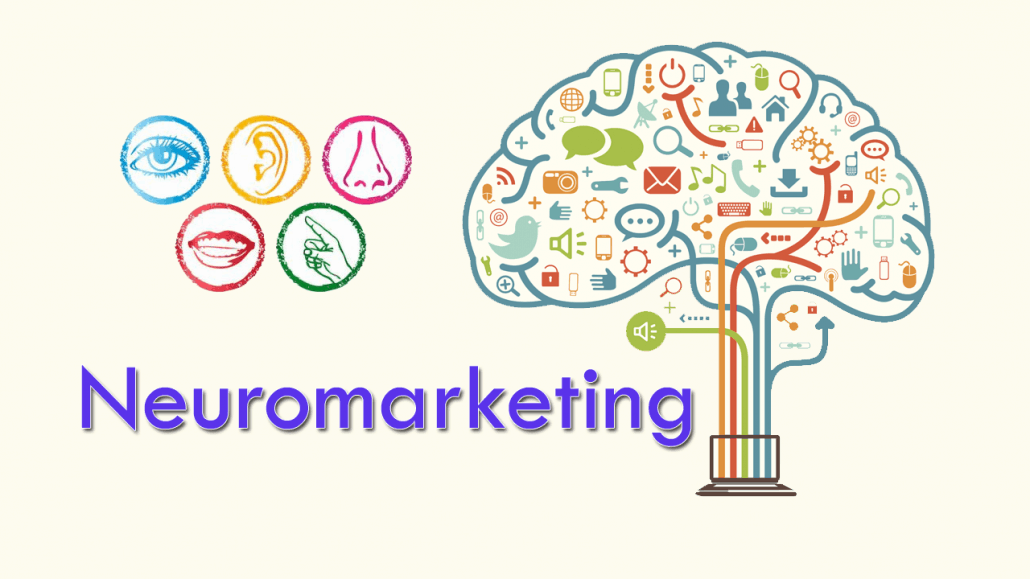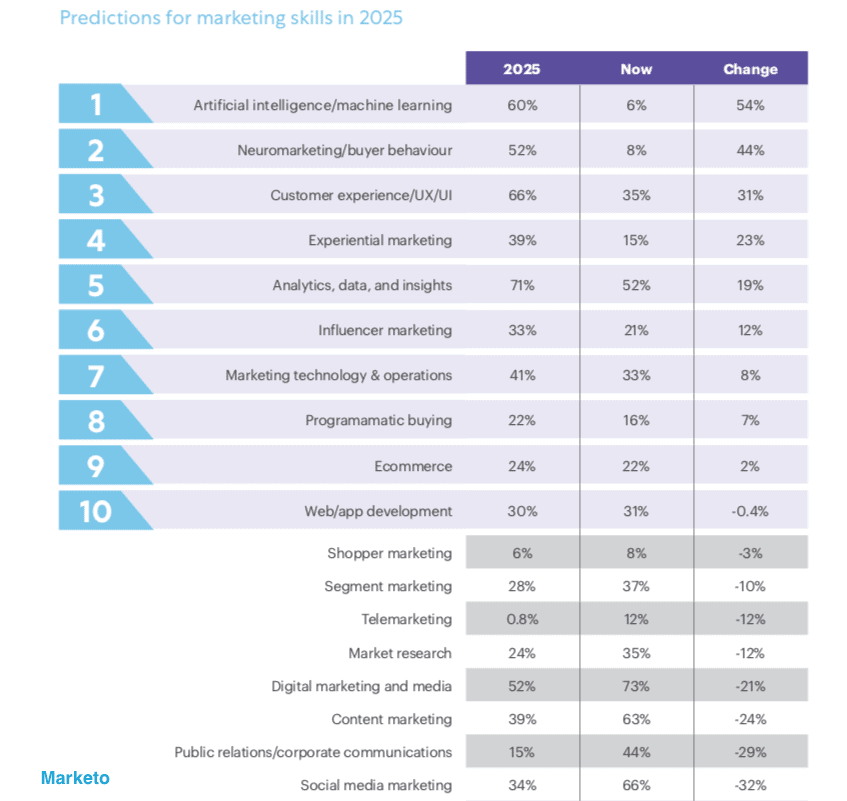
Reasons Why Your Google Ads Don’t Work & How To Fix ’em
The Ugly Side
You have a handsome face, you have a beautiful smile …but what you have with your Google Ads is nothing short of ugly! Yeah, I know — your Google Ads don’t work for you either. To save you the trouble of digging up those unsightly stats, we’ve found some of the most likely reasons and how to fix them, to help you prevent death by advertising fatigue (or just make sure you don’t enter it in the first place)…
No, your Google ads aren’t broken. It’s not you, it’s Google… Well, maybe it’s you. Maybe your Google Ads aren’t showing for a number of reasons unrelated to the quality of your ads, landing pages, ad groups, etc. In other words: Even if you’re doing a stellar job of adhering to Google Ads best practices, there are still plenty of reasons as to why your Google ads may stop showing. Here’s eleven of the most probable causes…
Non performance issues
1. I noticed that you tried to pay for Google ads with Monopoly money.
If you’re paying for your Google Ads account via automatic payments, Google will charge you when (1) you reach your pre-set payment threshold or (2) your current billing period ends.
It depends on which happens first. Obviously, in order for these transactions to go smoothly, the payment information linked to your account needs to be valid and up-to-date. If Google can’t charge you, your ads won’t show up in the search results.
2. Your bids are either too high or too low to attract customers.
It might seem like your Google ads aren’t showing because you haven’t set them up properly, but it might also be that your ads are just straight-up not bidding high enough.
When you set up a Google Ads campaign, you have to set a daily budget. If the maximum cost per click (CPC) bid you set for a particular keyword exceeds the budget of the campaign it lives within, your ads won’t show for queries that match to that keyword. Make sure your account is free of these conflicts between campaign budgets and keyword bids.
At the other end of the spectrum, your Google ads may not be showing because your bids are too low. Your ad rank for a given auction depends on your quality score for the keyword you’re bidding on as well as the bid itself. If you navigate to the Keywords section of your Google Ads account, you can use bid simulators to estimate the impact of increasing your bids by different amounts.

3. Keyword search volume is too low, and Google rules our lives.
We’ve all been there. You were targeting a keyword that you were SURE was going to drive a lot of traffic and sales, but after your ads had been running for a while (and spending your budget), you found that… it just wasn’t happening.
It turns out that the keyword you chose just didn’t get enough search volume each month to really make an impact on your sales. So, Google decided not to run the ad anymore.
Now what? Well, I hate to say it, but waiting is probably not your best bet. Search volume might increase later on down the road, but if you can’t afford to wait or if you need results ASAP, I’d suggest looking into similar keywords with higher search volume. Google’s Keyword Planner in your Ad account or a Free Keyword Tool like Ubersuggest are great resources for this!
>>Refer to our SOP’s library<<
4. Oh no! my ads not worthy!
Did you know that Google is actually really picky? It’s a bit of a diva, really. One day it loves your ads, and the next, it decides to stop showing them. There are a few reasons why that could be happening.
It’s possible that your Google ads have been paused—or that the ad groups or campaigns that house them have been paused. If this is the case, all you need to do is switch them from Paused to Enabled.
Alternatively, your ads may not be showing because they—or their corresponding ad groups or campaigns—have been removed from your account for one reason or another. Unfortunately, if this is indeed the case, you’ll have to start from scratch.
To see if you’ve accidentally paused or removed anything within your account, simply navigate to Change History. This way, you can see the changes that have been made to your account and filter by Status.
Or maybe they’ve been disapproved.
It sounds obvious, but sometimes we overlook it when trying to troubleshoot our ad campaigns. Any ad that has been disapproved is ineligible to show to users. To fix any disapproved ads and get them back on the SERPs, you can check out Google’s ad policies for help.
5. My Ads campaign has a scheduling or targeting error.
So, you’ve set up your Google Ads campaigns, and they just aren’t showing—even though your ads are fully approved.
Maybe you’ve checked your budget (it’s fine). Maybe you’ve read every one of the [number] reasons your Google Ads aren’t showing.
And maybe—just maybe—you’re still a little stumped.
You may be running into this problem because of two settings you can find in the Settings section of each campaign: Ad Schedule and Location targeting.
Ad Schedule
Just as you set a budget for each of your Google Ads campaigns, you also set an advertising schedule for each campaign—thus allowing you to tell Google which days of the week and hours of the day you’d like your ads to show. Navigate to the Ad Schedule tab of the campaign you’re concerned about and make sure your ads aren’t scheduled too narrowly.
Location Targeting
Next to that Ad Schedule tab you’ll also find the location targeting parameters for your campaign. It’s possible that your Google ads aren’t showing simply because there’s not enough keyword search traffic coming from the geographic region you’re targeting. Fix that by broadening your target location!
6. Negative keywords are like antimatter in search marketing.
You want to know what’s a bummer? Negative keywords.
And I’m not talking about the “sad” kind of negative. I’m talking about the “not X,” “X-free,” or “no X” kinds of negative keywords—the type that keep your ad from showing for queries that are irrelevant to your product or service.
Let me give you an example. Say you want to advertise for a “free trial for CRM software.” You could set that as a broad match keyword with free CRM as the campaign-level negative keyword. But what if someone searches for, say, “free CRM?” That search won’t show your ad, even though it might be relevant to someone looking for a free trial of a CRM. Why? Because the negative keyword is overriding the active keyword.
Instead, you could switch from the broad match negative free CRM to the exact match negative [free CRM]. Doing so would allow you to advertise to users looking for a free trial of a CRM while simultaneously withholding your ads from users looking for a CRM that doesn’t cost anything.

7. Your negative bid adjustments in your Ad campaigns are big enough to choke a horse.
You’re bidding yourself out of the race with your negative bid adjustments.
It’s easy to get carried away with your negative bid adjustments—but if you’re not careful, it could be costing you.
When you set up a Google ad campaign, you can apply negative bid adjustments to individual ads or ad groups. Setting these adjustments allows you to automatically decrease your bids for specific situations: If a user is on a mobile phone, for example, or if they’re searching within a certain time frame.
Unfortunately, it’s easy to get carried away with these adjustments and start bidding your ad rank into oblivion. If that’s what’s happening in your campaign, here are some easy ways to fix the problem:
—Check your settings and make sure your negative bid adjustments aren’t too extreme. You want them to work for you, not against you!
—Look at the performance data for each adjustment and see if any are consistently underperforming. Those may need further adjustment or elimination altogether.
—Make sure your other bids are competitive enough to balance out the effect of the negative adjustments. You don’t want one part of your strategy pulling against another!
Performance issues (no not those types)
Sometimes, you’ll find that your Google ads aren’t showing because you’re not quite meeting Google’s standards when it comes to PPC best practices. In other words: There are times when getting your Google ads to show is a matter of optimization. That’s what we’ll be talking about for the remainder of this guide.
8. Your ad group doesn’t have a clear focus
Do you know why your ad groups are called ad groups? It’s because they are groups of ads.
And if you’re not happy with how your ad groups are performing, that means you’ve got the wrong ads in them!
Your Google Ads account has lots of ad groups. Each one contains two components: keywords and ads. Those keywords and ads go together like peanut butter and jelly, or like a hot dog and a bun. And when one of your keywords is triggered by a user’s search query, Google knows to select one of the ads that you’ve tied to that keyword.
To get your ad groups working for you instead of against you, make sure each group is targeted towards a specific search query, product, service or market segment – basically, anything that sets one group apart from another.
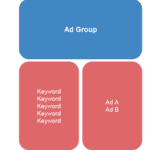
Your Google ads are like the mullet of hair styles: business in the ad auction, party in the landing page.
If your ads aren’t showing up in the Google search results, it might be because your ad groups aren’t focused enough. Basically, you’re trying to use a whole bunch of keywords that are only sort of related to one another. The reason this is a problem is that Google rewards relevant ads and penalizes irrelevant ones. In other words, if you want your ads to show up more often, you need to make them more relevant.
So how do you make sure your ad is relevant? You start by building ad groups comprised of closely related keywords. If the keywords within your ad group are closely related to one another, then it’s practically guaranteed that your ad will be relevant to the user’s query―no matter which keyword is triggered, no matter which ad is selected. Which means that if you want your ads to show up more often, focus on making sure each of your ad groups has a narrow focus.
9. Your ad copy isn’t as cool as it could be.
You should know that getting your ads to rank highly in the search results doesn’t start and end with creating focused ad groups. It’s just as important that you optimise your ad copy.
Fortunately, this is a bit more straightforward than optimising your ad group structure.
In a nutshell, optimising an ad to rank highly in the paid search results means incorporating your target keyword into your copy. By writing copy that includes your target keyword, you’re effectively telling Google that your ad is relevant to the user’s search query.
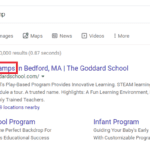
Let’s walk through an example. Say you sell dog food and dog snacks. You have an ad group with the keywords “dog food,” “dog snacks,” and “pet food.” But within that ad group, you only have one ad—and it doesn’t mention any of these keywords at all.
So even if Google is dying to show your ads, it can’t: It has no way of knowing whether or not your products align with what searchers are looking for.
The bottom line: If your ads aren’t showing, chances are you’re missing some relevant keywords in your copy.
10. Your landing page fell in a black hole.
Sometimes your landing page falls into a black hole. Not literally—but close enough. (refer to our Funnels SOPs)
When you have a subpar landing page, it’s like sending your landing page off into that black hole of no-man’s land, where it can’t be found. And if Google can’t find it, your ad won’t rank highly and you won’t get any clicks.
Essentially, if your landing page fails to help users do what they need to do—as signified by the intent behind their search queries—you’ll do poorly in the ad auction.
You need to look closely at each of the keywords you’re targeting with your Google ads. Think about the users whose queries are triggering these keywords. What are they struggling with? What are they trying to accomplish? What can you do to help them out?
Failing to answer these questions is like jumping off a cliff with no parachute. You’ll inevitably fall, and there’s nothing anyone can do about it. It’s also kind of like falling into a black hole (which is how your landing page ended up there).
11. Your click-through rate is low, which means people aren’t clicking on your ads.
What’s the difference between your ads and a cute dog? One of them is not getting any clicks.
If your ads aren’t showing, it might be because you’re not getting enough clicks. Google rewards advertisers who write ads that resonate with users. So, the lower your CTR for a given ad (or keyword), the worse you can expect to perform in the ad auction. If you want to give your ad a better chance of consistently showing to your prospects, you need to write copy that grabs their attention and compels them to click.
So, what are some ways to fix this? You can start by revising the text of your ad.
Try highlighting specific features or benefits in your headline or description lines and avoid using generic language like “Our product” or “We offer.” Specificity is key! It’s almost always better to have a targeted message than a generic one. Also try adding punctuation or special characters into your copy if appropriate—these small tweaks can help make an ad stand out from other results on a page.
You should also consider doing A/B testing (refer to our funnel SOPs) for different versions of an ad—give one set users some information about pricing while another group gets details about features instead. By doing this, you can see which messages resonate.
Bottom line? Write an ad that solves a problem.
This is the best way to ensure your ad will be clicked, and, most importantly, to maximise your return on investment in advertising.
Dedicated To Your Marketing Success
John



